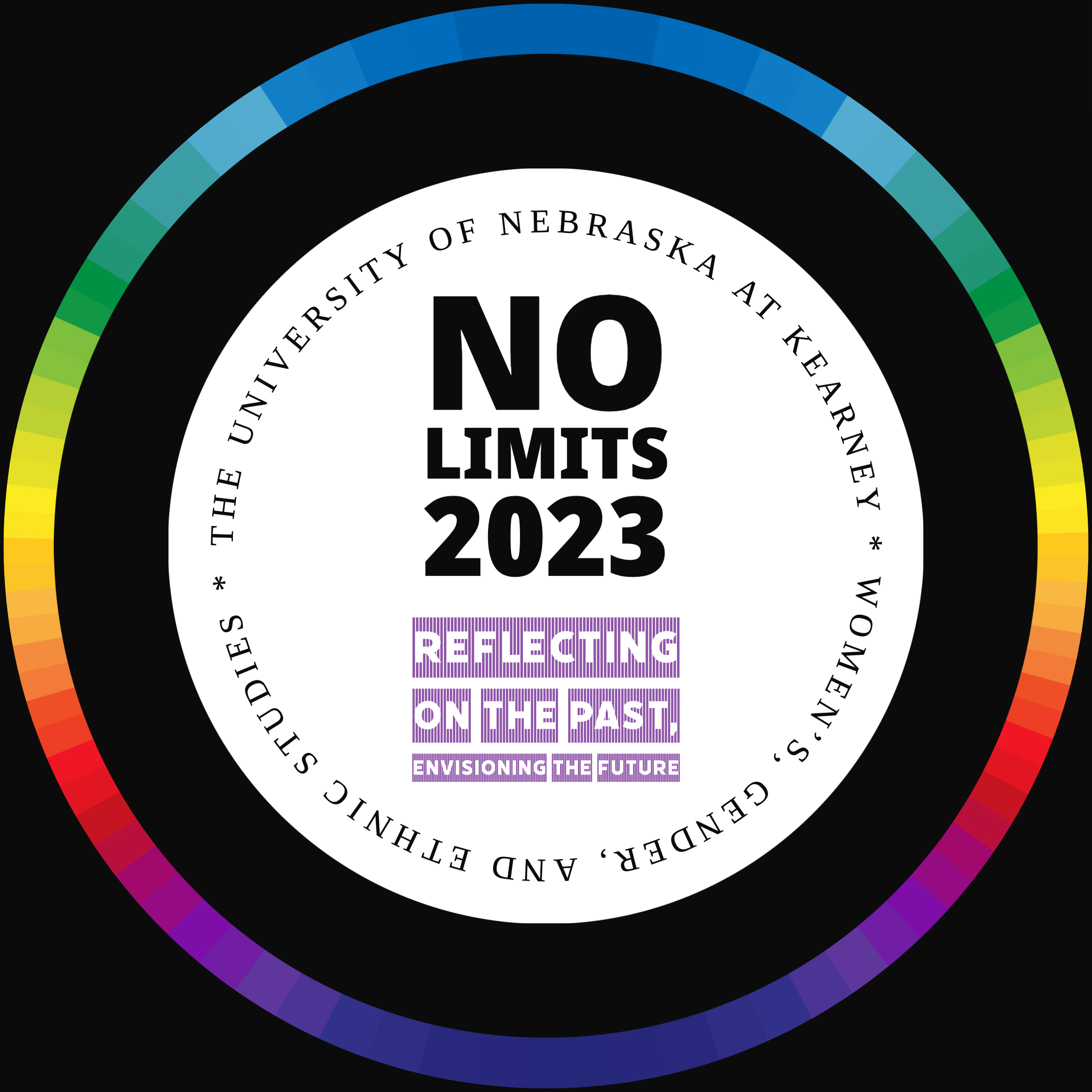Sacred River in Crisis: An Analysis of Gender, Cultural Practices and Pollution along the Ganges
Location
Ponderosa Room D
Presentation Type
Presentation
Presentation Topic
History
Start Date
3-3-2023 9:05 AM
Event Sort Order
10
Abstract
A common idea in western thought is that of the
duality of cleanliness and holiness. To be “pure” is to be holy. Being clean and being holy are not the same thing in India, especially in the Hindu tradition. With this project, I have researched gender, cultural practices, and pollution along the Ganges River in India. My research analyzes and explains the dynamic between the cultural significance of the Ganges River
and its pollution. There is a lot of discourse, particularly from Western voices, concerning the pollution of this river without proper respect to the
cultural significance of some of the causes. This research discusses the history of pollution in the river Ganges and the major sources of pollution.
It will also examine the religious significance of the river by reading Hindu religious texts. By looking at these sacred texts as well as modern voices, I
will offer an analysis of the gendered nature of the Ganges, particularly regarding the goddess Kali. The goddess Kali is often portrayed as a “mother nature” figure, representing both femininity and sexuality in
Hinduism. This research will also provide an analysis of the demon Kali (not to be confused with the Goddess) and how he represents and brings the age of Kali Yuga. This is the current age we live in, the age of vices, filth, and pollution of the sacred. In order to fully understand the sacredness of the Ganges and the pollution I also link the start of contamination of the Ganges with the rapid urbanization of India during the 20th century with British colonialism.
Sacred River in Crisis: An Analysis of Gender, Cultural Practices and Pollution along the Ganges
Ponderosa Room D
A common idea in western thought is that of the
duality of cleanliness and holiness. To be “pure” is to be holy. Being clean and being holy are not the same thing in India, especially in the Hindu tradition. With this project, I have researched gender, cultural practices, and pollution along the Ganges River in India. My research analyzes and explains the dynamic between the cultural significance of the Ganges River
and its pollution. There is a lot of discourse, particularly from Western voices, concerning the pollution of this river without proper respect to the
cultural significance of some of the causes. This research discusses the history of pollution in the river Ganges and the major sources of pollution.
It will also examine the religious significance of the river by reading Hindu religious texts. By looking at these sacred texts as well as modern voices, I
will offer an analysis of the gendered nature of the Ganges, particularly regarding the goddess Kali. The goddess Kali is often portrayed as a “mother nature” figure, representing both femininity and sexuality in
Hinduism. This research will also provide an analysis of the demon Kali (not to be confused with the Goddess) and how he represents and brings the age of Kali Yuga. This is the current age we live in, the age of vices, filth, and pollution of the sacred. In order to fully understand the sacredness of the Ganges and the pollution I also link the start of contamination of the Ganges with the rapid urbanization of India during the 20th century with British colonialism.




Presenter Bio
I have lived in the Oklahoma City metro area all my life. I am currently working on my master’s degree in history with a focus on South Asian Studies. Last year I graduated from the University of Central Oklahoma with a bachelor’s degree in History and a minor in Women, Gender, Sexuality Studies. After receiving
my graduate degree, I hope to attend the University of Chicago’s History PhD program. While at Chicago, I hope to continue my research into the feminine divine in the Hindu tradition. A fun fact about me is that I started my research when I received the opportunity to travel aboard to Varanasi, India.